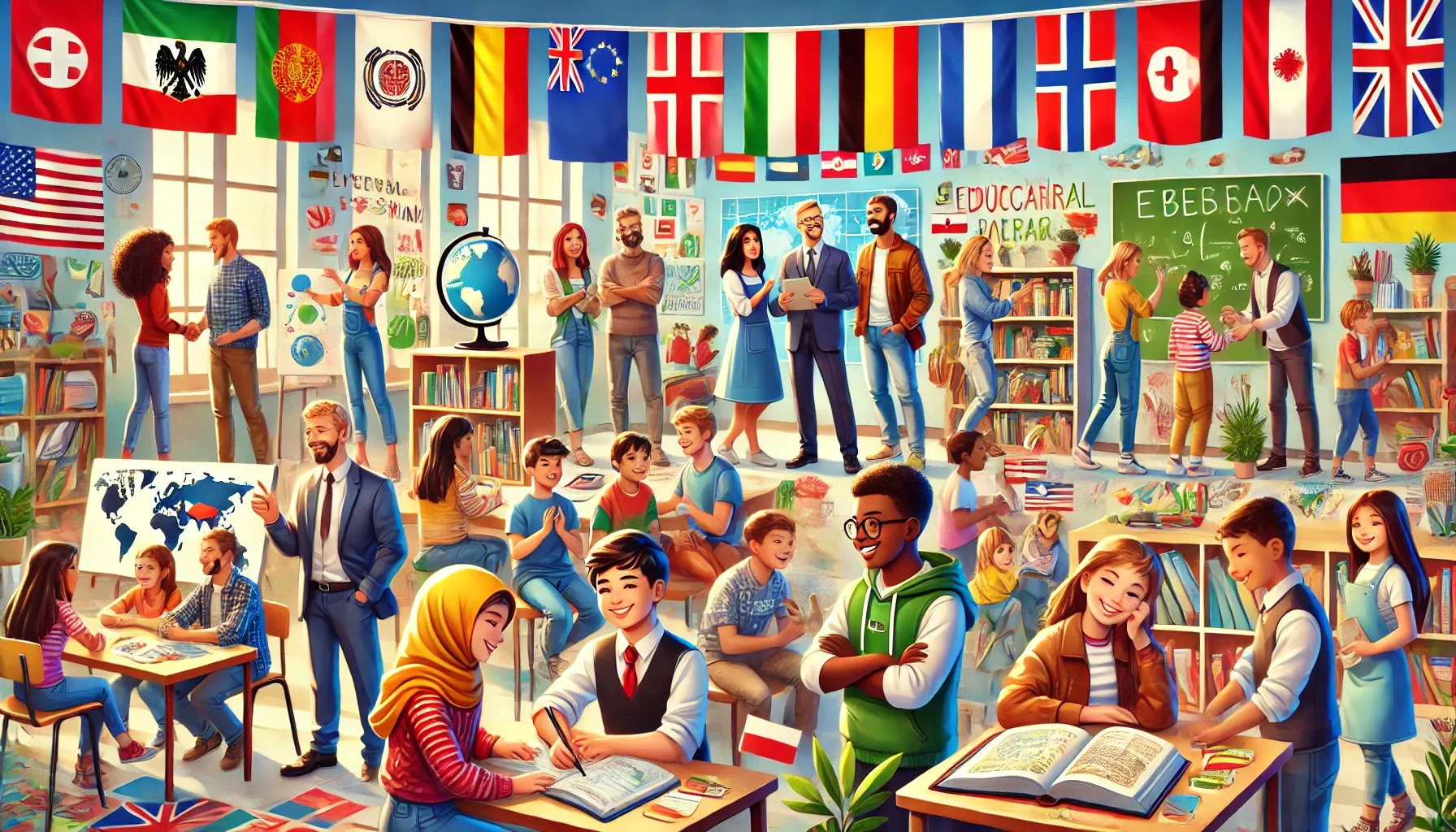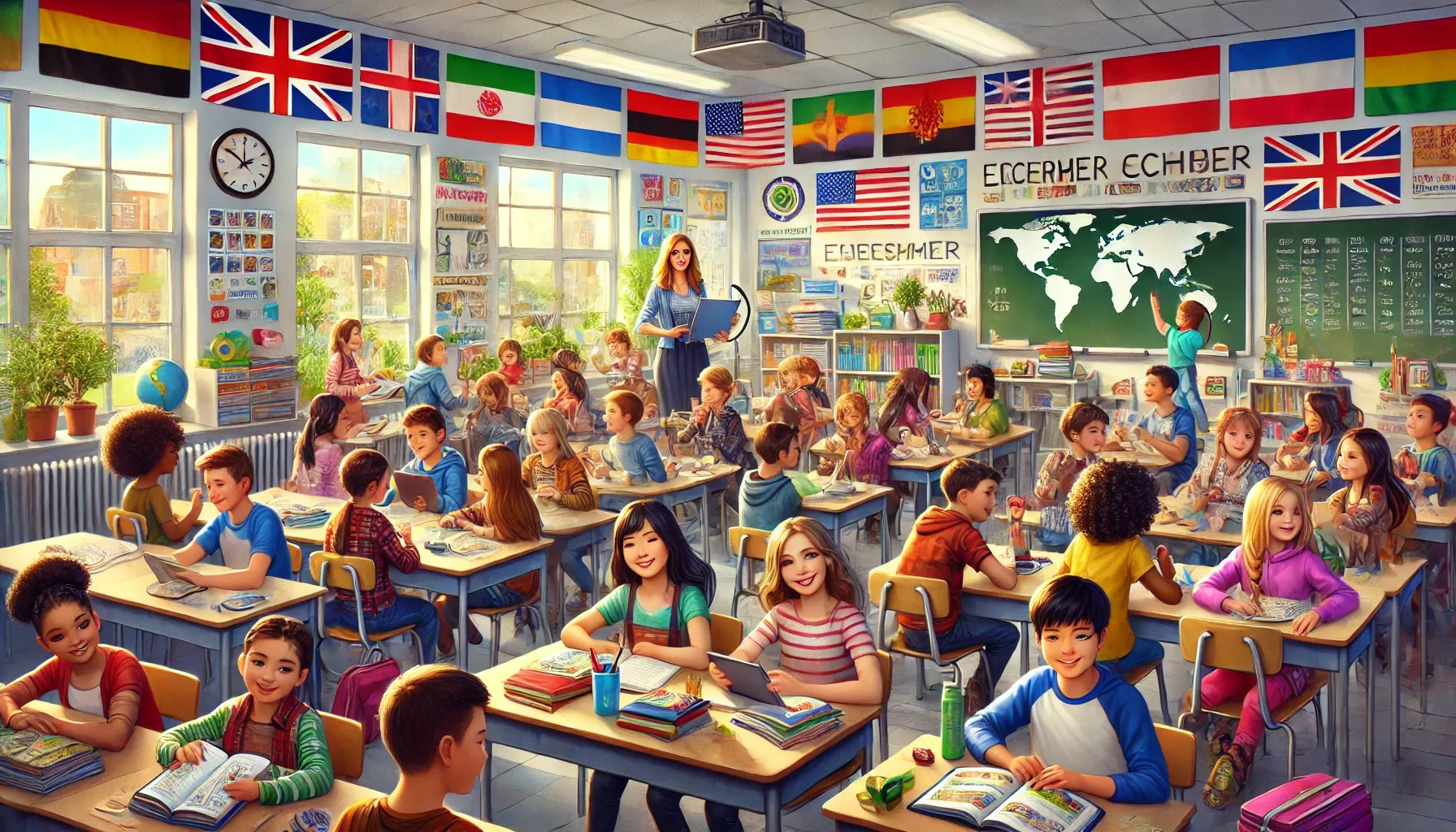How is the education system in Poland organized for immigrants?

- What is the education system like in Poland for migrants and local residents?
- What is the situation with education for immigrants in Poland?
Education system in Poland
The educational system in Poland plays a significant role in the lives of both citizens and migrants. Many people are interested in what educational opportunities are available for new citizens, so in this material, we will explore various aspects of education in Poland in detail, including options for adults.
Key aspects of the education system
In Poland, education is mandatory for children aged 6 to 18. The learning process begins with a year in kindergarten.kindergarten), followed by 8 years of primary education (primary schoolUpon completing elementary school, students can choose one of three educational pathways:
- 4 years in a general secondary schoolgeneral secondary school),
- 5 years in a technical gymnasiumtechnical school),
- in a vocational technical schoolvocational school).
Structure of the educational system
The education system in the country is divided into three main levels:
- Initial level:Grades 1 through 8;
- Average level:4 or 5 years, covering grades 9 through 12 or 13.
Students have the opportunity to choose between different types of educational institutions. Parents have the right to decide which school their children will attend. In Poland, there are both public and private or international schools.
Higher education
Higher education encompasses a variety of universities, colleges, and polytechnic institutes. Tuition costs vary and can range from affordable prices to nearly free options, especially for the academic year 2023-2024.
Training process
The school year starts in September and lasts until June, divided into two semesters with a break in February. Classes begin at 8 AM, with each lesson lasting 45 minutes and breaks ranging from 10 to 20 minutes. Schools also offer free after-school care, operating from 7 AM to 5 PM, providing additional opportunities for children's activities. The school week is standard: 5 days with weekends on Saturday and Sunday.
Evaluation and additional information
In Polish schools, knowledge is assessed using a 6-point system, where a high score is 6. Additional activities, such as excursions or clubs, are paid for separately, as is school meals. Uniforms are not mandatory in most educational institutions, but they are used in some schools.
Education for migrants
As far as educational institutions for people who have immigrated to Poland are concerned, public schools in the country are free and available to all students, regardless of origin. Nevertheless, immigrants may need to take a test to assess their Polish language skills before enrolling. The variety of language programs makes learning accessible to Russian-speaking students as well, providing additional courses and opportunities.
Conclusion
Thus, the education system in Poland opens up vast opportunities for both the local population and migrants, addressing various needs and promoting integration into society through language learning and education.
Educational institutions for immigrants in Poland
In Poland, there are various educational institutions aimed at assisting immigrants. In private schools, instruction can be conducted in several languages, including English, which makes it more accessible for foreign students. Additionally, to successfully adapt to Polish society, migrants can take Polish language courses, which significantly simplifies their integration.
Closure of the Russian-speaking school
Previously, Russian-speaking children were educated at the school affiliated with the Russian embassy located in Warsaw.
9 October 2024
29 September 2025
9 October 2024
29 January 2025
Education of Ukrainian children in Poland
As for Ukrainian students, currently around 200,000 Ukrainian children are attending Polish schools. To facilitate the integration process for these children, the Polish government is taking active measures. Immediately after the war in Ukraine began in March 2022, the Polish Ministry of Education prepared informational materials for parents on how to enroll their children in school, ensuring access to this information in both Polish and Ukrainian languages.
Special initiatives
On March 30, 2022, a special bot application called #szkoładlawas was launched. It is designed to assist immigrant parents in obtaining up-to-date information about the educational system in Poland, methods of learning, and necessary documents in Ukrainian. Institutions where education is conducted in Ukrainian are actively operating, offering free education, although fees may be charged for additional classes or creative programs.
Examples of educational institutions
Some of the educational institutions in Poland where instruction is conducted in Ukrainian:
- The Materinka School, named in honor of D. Pawlyczko, was founded in 2017 in Warsaw.
- The school has branches in Krakow, Wroclaw, Gdansk, Lublin, Poznan, Lodz, Katowice, and Zielona Góra.
- Primary School No. 221 and the XII Lyceum named after Henryk Sienkiewicz, located in Warsaw.
- The first Ukrainian school located in Warsaw, Krakow, and Wrocław.
- A complex of schools with instruction in the Ukrainian language in Gurów Iławski.
International schools in Poland
In addition, there are also fee-paying international schools in Poland, where the educational process is conducted in English, French and German. For example, in Warsaw there is the International American School at 18 Dembego Street. These institutions offer high quality education that meets international standards and provide new opportunities for local and international students who wish to study in foreign languages.

Conclusion
In conclusion, the education system in Poland is a flexible and diverse structure that opens its doors to everyone, including immigrants and their children. I sincerely hope that this article has shed light on the features of the Polish educational process, the opportunities available for Russian-speaking and Ukrainian students, as well as the various schools that can offer instruction in different languages.
The Polish state is actively working on the integration of foreign students, which is especially important in the context of modern migration. Creating chat groups and informational resources in Ukrainian is a great step towards helping newcomers easily navigate the process of adaptation and education. Schools that offer programs in Ukrainian, English, and other languages provide additional opportunities for adult immigrants who are eager to continue their education and integrate into Polish society.
I believe that the presence of the Russian language in educational institutions, even if limited, also highlights the diversity of Poland's educational and cultural landscape and provides Russian-speaking families with the opportunity to maintain a connection with their native language, which is important for preserving cultural identity.
Thus, education in Poland is not only an opportunity to gain knowledge, but also a chance to integrate into society, to participate in the life of the country that will accept you.
I hope this guide will be helpful for everyone who is considering the future of their child or their own education here in Poland.
Comment
Popular Posts
9 October 2024
1485
29 September 2025
391
9 October 2024
9942
29 January 2025
1530

Subscribe to the newsletter from Hatamatata.com!
Subscribe to the newsletter from Hatamatata.com!
I agree to the processing of personal data and confidentiality rules of Hatamatata